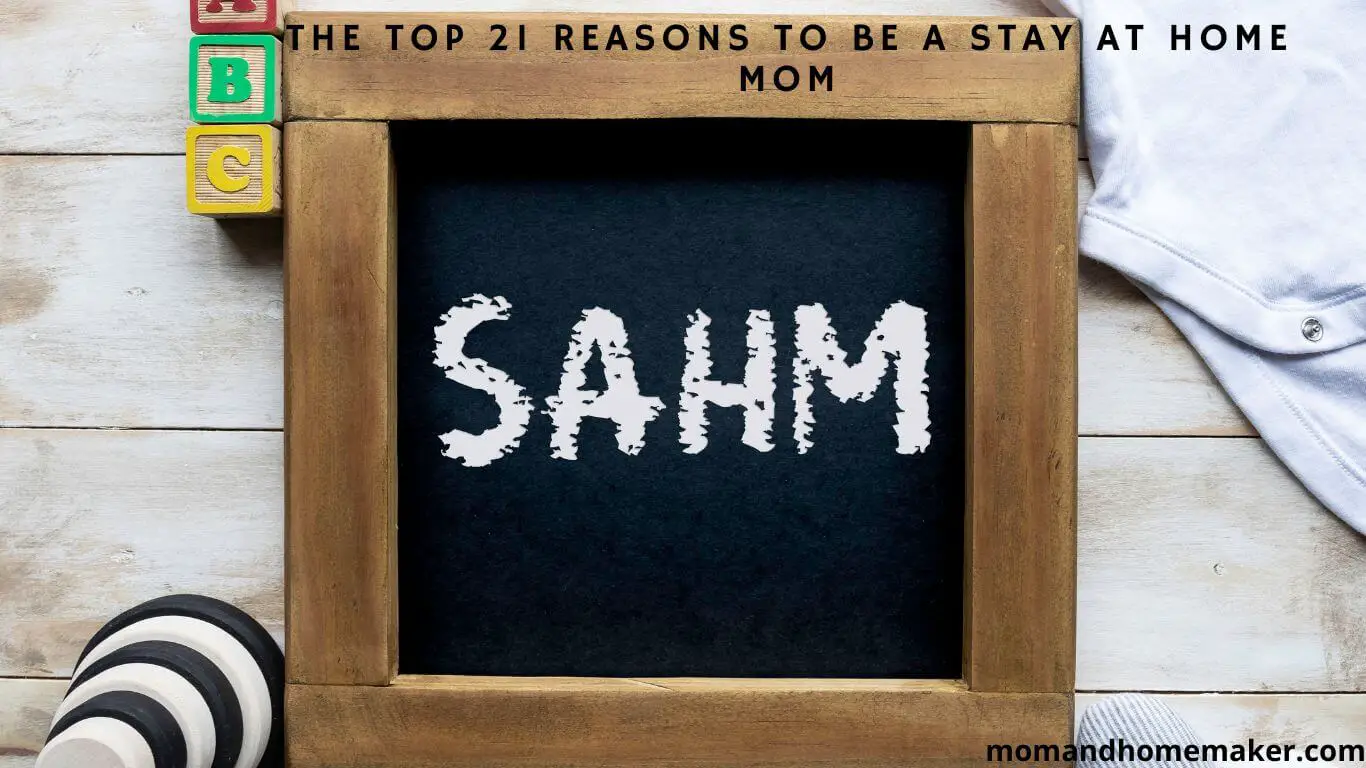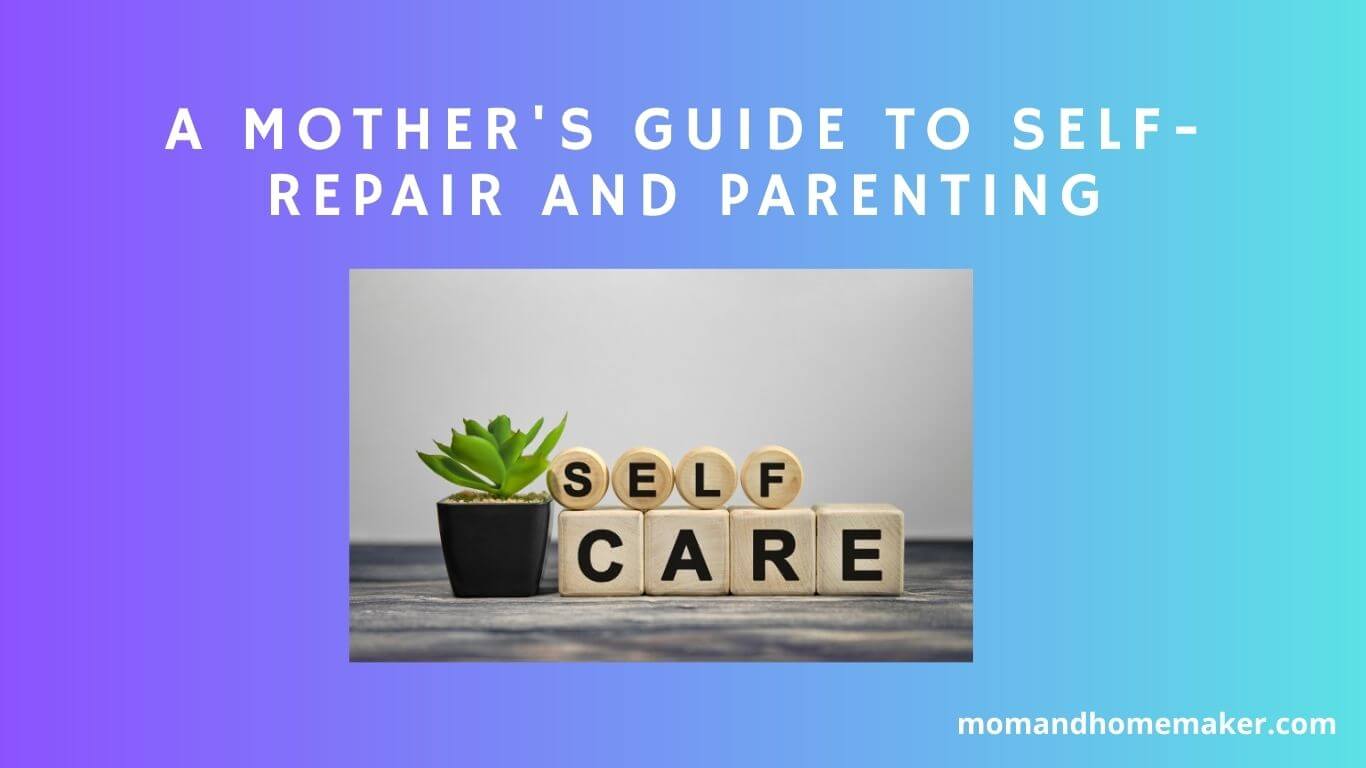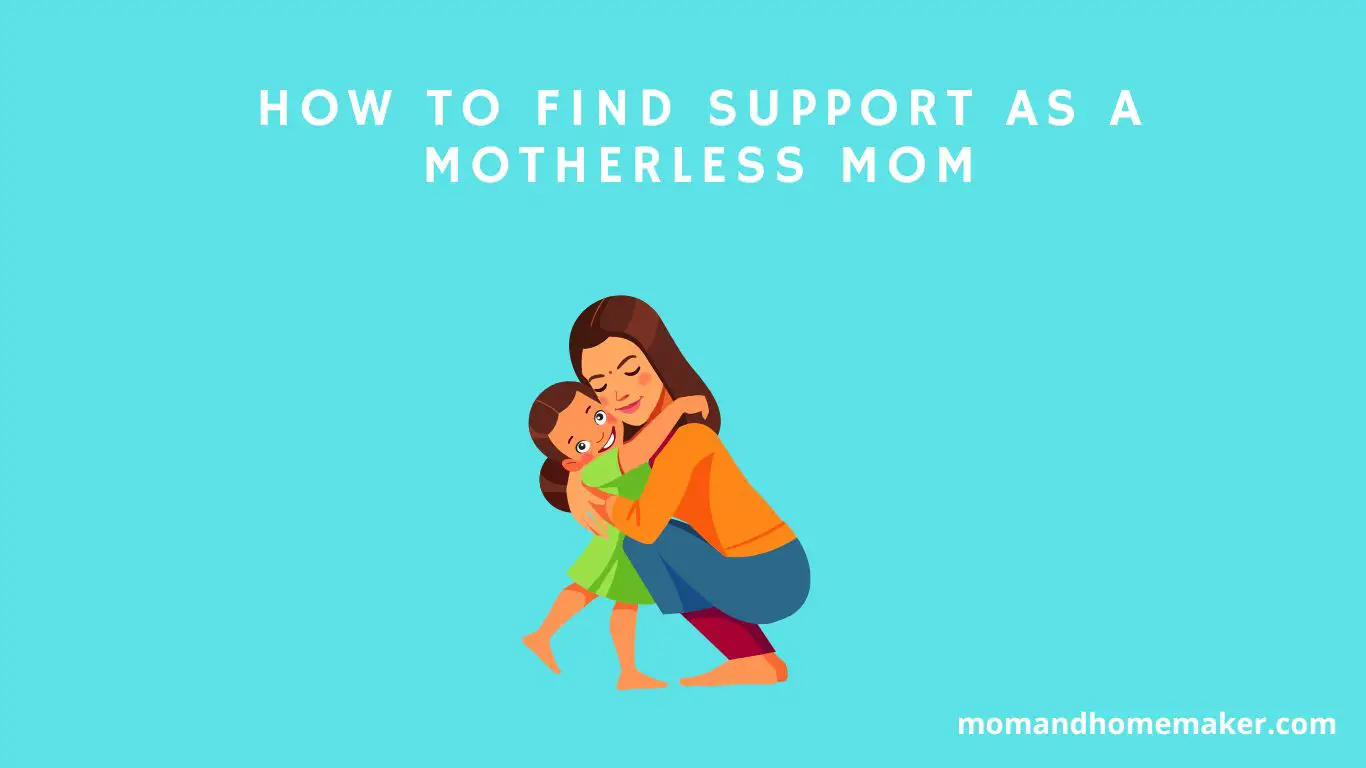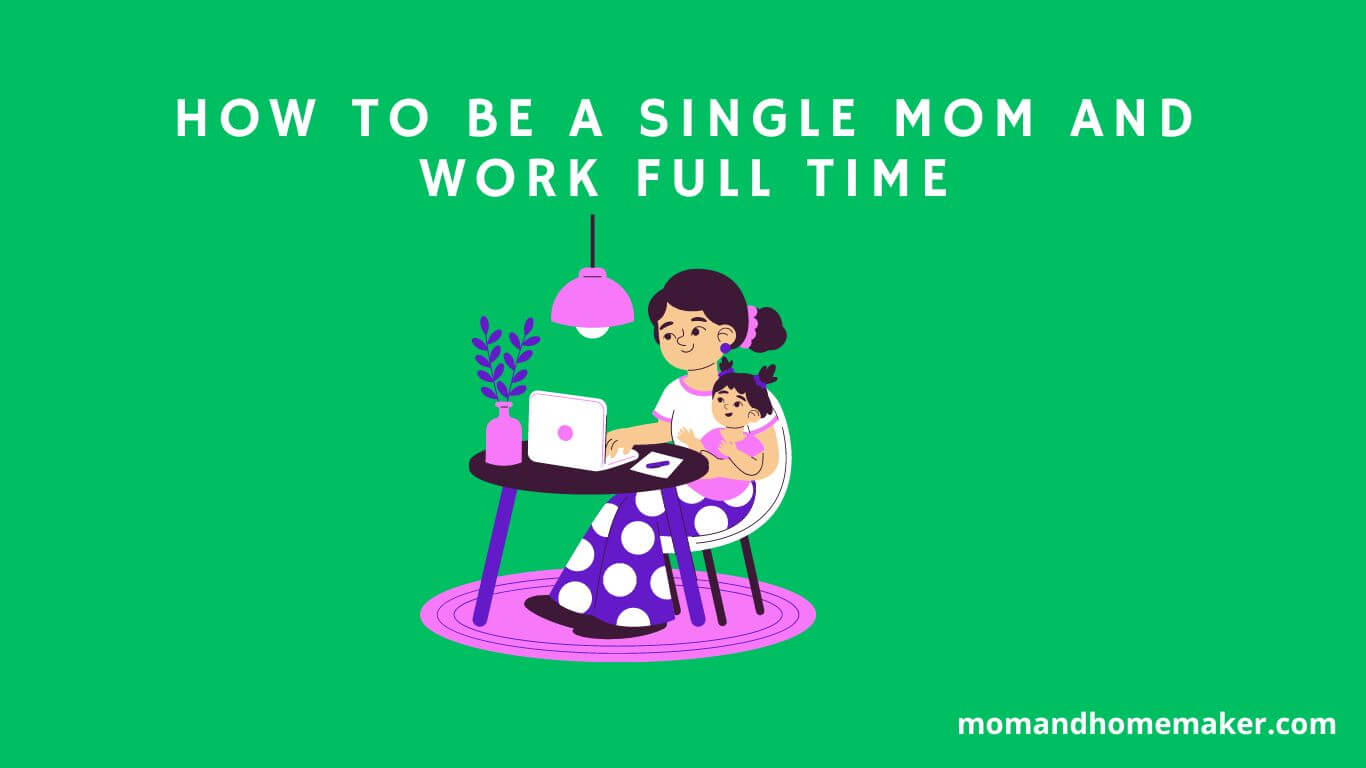The location of a stay-at-home mom can have a substantial impact on her daily life and well-being.
From bustling cities to serene rural areas, the choice of where to live can reflect various factors such as access to childcare, educational resources, and community support.
As you ponder this question, consider the nuances that different environments offer to stay-at-home moms and how these choices can shape their experiences and opportunities.
Factors Influencing Stay-at-Home Moms’ Location Choice
When choosing where to live as a stay-at-home mom, consider factors like proximity to family support, affordability of housing, and access to quality schools.
Neighborhood safety plays an important role in providing a secure environment for you and your family. Look for areas with low crime rates and a strong community watch program to guarantee peace of mind.
Public transportation is essential for easy access to amenities and activities with your children. Check for nearby bus stops or train stations to facilitate your daily errands and outings.
Make sure there are plenty of nearby amenities such as grocery stores, parks, and healthcare facilities to meet your family’s needs. A vibrant community with accessible services can make your daily life more convenient and enjoyable.
Investigate the school district in the area to guarantee your children receive a quality education. A good school district can provide a strong foundation for your kids’ academic success and overall well-being.
Consider the job market opportunities in the area. While you may currently be a stay-at-home mom, having employment options nearby can be beneficial for future career prospects or financial stability. Research the local job market to understand the possibilities available to you if the need arises.
Top States for Stay-at-Home Moms
Considering the factors that influence your choice of where to live as a stay-at-home mom, let’s now explore the top states that offer favorable environments for stay-at-home moms.
- Rural retreats: States with vast countryside areas provide a serene environment for stay-at-home moms looking to escape the hustle and bustle of city life while enjoying the peace and tranquility of rural living.
- Coastal living: For those who find solace by the sea, states with beautiful coastlines offer stay-at-home moms the opportunity to raise their children in a beachfront setting, with the invigorating sound of waves as their backdrop.
- City comforts: Some states boast vibrant urban centers that cater to the needs of stay-at-home moms, providing access to cultural activities, educational opportunities, and various amenities to enrich their children’s lives.
- Suburban sanctuaries: Suburbs offer a perfect blend of urban convenience and rural charm, making them ideal for stay-at-home moms seeking a safe and family-friendly environment with easy access to nearby cities.
Whether you prefer the quiet life of a mountain hideaway, the invigorating breeze of coastal living, the convenience of city comforts, the peacefulness of rural retreats, or the balance of suburban sanctuaries, these top states cater to the diverse needs and preferences of stay-at-home moms like you.
Metropolitan Areas Preferred by Stay-at-Home Moms
Metropolitan areas preferred by stay-at-home moms offer a diverse range of amenities and opportunities to support their lifestyles and enrich their children’s experiences.
When deciding between city and suburb living, many moms consider factors such as cost of living, community engagement, cultural amenities, and access to public transportation.
Here is a comparison table to help you understand the differences between city and suburb living for stay-at-home moms:
| Aspect | City Living | Suburb Living |
|---|---|---|
| Cost of Living | Generally higher due to higher housing costs | Lower housing costs but potentially higher travel expenses |
| Community Engagement | Close-knit communities with various activities | Strong focus on family-oriented activities |
| Cultural Amenities | Abundance of museums, theaters, and restaurants | More limited cultural options but often nature-focused |
| Public Transportation | Extensive public transport networks | Reliance on personal vehicles for transportation |
City living offers a vibrant atmosphere with numerous cultural opportunities and convenient public transportation, but it comes with a higher cost of living.
On the other hand, suburb living provides a family-friendly environment with lower housing costs and a focus on community engagement.
Ultimately, the choice between city and suburb living depends on your preferences for cost, community involvement, cultural offerings, and transportation accessibility.
Suburban Vs. Urban Living for Stay-At-Home Moms
To decide between suburban and urban living as a stay-at-home mom, weigh the cost, community engagement, cultural amenities, and transportation options each location offers. Consider the following:
- Community involvement: Suburban areas often have tight-knit communities with strong support networks for families. Urban areas, on the other hand, may offer more diverse opportunities for community engagement through local events, classes, and organizations.
- Neighborhood amenities: Suburban living typically provide larger living spaces, yards, and access to good schools. Urban areas offer a wide range of amenities within walking distance, such as parks, museums, and restaurants.
- Social isolation: In the suburbs, stay-at-home moms might feel isolated due to fewer opportunities for social interaction. Urban areas offer more chances to meet other parents and participate in group activities, reducing feelings of loneliness.
- Public transportation: Urban living usually provides better access to public transportation, making it easier to get around without a car. Suburbs may require more reliance on personal vehicles, leading to potential transportation challenges.
- Cost of living: Suburban areas often have lower costs of living, including cheaper housing options and reduced expenses. Urban living tends to be more expensive, with higher rent or mortgage payments but may offer savings on transportation costs.
When choosing between suburban and urban living as a stay-at-home mom, carefully consider these factors to find the environment that best suits your family’s needs and preferences.
Stay-at-Home Moms in Rural Communities
Living as a stay-at-home mom in rural communities offers a unique set of challenges and rewards. Rural isolation can sometimes make it harder to connect with other moms or access services compared to urban areas.
However, the tight-knit community connections found in rural areas can provide a strong support system for stay-at-home moms.
Economic challenges may arise due to limited employment opportunities for spouses in rural communities, impacting the family’s financial stability. This situation often necessitates careful budgeting and resourcefulness to make ends meet.
Access to services like healthcare, childcare, and educational facilities may also be limited in rural areas, requiring stay-at-home moms to travel greater distances to access these essential services.
Despite these challenges, the social support available in rural communities can be a significant advantage for stay-at-home moms.
Neighbors often come together to help one another, creating a sense of camaraderie and shared responsibility. This support network can alleviate feelings of isolation and provide valuable assistance during times of need.
Stay-at-Home Moms in High-Cost Cities
Handling life as a stay-at-home mom in high-cost cities presents a unique set of financial challenges and lifestyle adjustments. Living in costly cities like New York or San Francisco can be intimidating, but with some strategic planning, you can navigate through the financial constraints and expensive living.
Here are some key points to bear in mind:
- Housing affordability: Rent or mortgage payments in high-cost cities can consume a significant portion of your budget. Explore options like downsizing, house-sharing, or looking for neighborhoods with lower rent prices.
- Financial constraints: High living costs may require you to cut back on non-essential expenses. Consider creating a detailed budget outlining your income and expenses to manage your finances effectively.
- Expensive living: Everything from groceries to childcare can be pricier in these cities. Look for ways to save, such as buying in bulk, meal planning, or utilizing community resources.
- Budgeting strategies: Develop a budgeting plan tailored to your family’s needs. Set realistic financial goals and track your spending to make certain you stay within your means.
Affordable Locations for Stay-at-Home Moms
Exploring the financial landscape as a stay-at-home mom involves seeking out affordable locations that fit your budget and lifestyle. When considering where to plant your roots, look for budget-friendly neighborhoods that offer supportive communities and family-friendly amenities.
These areas often provide safe environments for your family to thrive while also offering affordable childcare options to give you the flexibility you need.
Budget-friendly neighborhoods are essential for stay-at-home moms looking to make the most of their resources. These areas typically have lower housing costs, making it easier to manage expenses on a single income.
Additionally, living in such neighborhoods often means you can access community programs and resources tailored to families like yours.
Supportive communities play an essential role in the well-being of stay-at-home moms. Finding a neighborhood where neighbors look out for each other can provide a sense of security and belonging.
These communities may offer playgroups, parenting classes, or other support networks that can help you navigate the challenges of motherhood.
Family-friendly amenities, such as parks, libraries, and recreational facilities, can enhance your children’s quality of life while giving you opportunities to connect with other parents.
Safety is paramount, so prioritize neighborhoods with low crime rates and well-maintained public spaces.
Stay-at-Home Moms in Family-Oriented Towns
Consider settling down in family-oriented towns as a stay-at-home mom for a supportive and enriching community experience. When choosing a place to raise your children and nurture your family while staying at home, family-oriented towns offer a range of benefits that cater to your needs.
- Community involvement: Family-oriented towns often boast strong community ties where individuals actively engage in local events, support each other, and create a sense of belonging.
- Parenting networks: These towns often have well-established parenting networks where stay-at-home moms can share experiences, seek advice, and build lasting friendships with like-minded individuals.
- Cost of living: Many family-oriented towns provide a reasonable cost of living, making it easier for single-income families to manage expenses without compromising on the quality of life.
- School districts: These towns typically prioritize education, offering excellent school districts with dedicated teachers and a variety of extracurricular activities to enrich your children’s learning experiences.
- Outdoor activities: Family-oriented towns often provide ample opportunities for outdoor activities, such as parks, playgrounds, hiking trails, and community sports leagues, ensuring that your family can stay active and enjoy nature together.
Stay-at-Home Moms in Tech Hubs
Living in bustling tech hubs can offer stay-at-home moms unique opportunities to engage with innovative communities and access resources tailored to their interests. In these vibrant locations, the tech industry thrives, opening doors for remote work possibilities that cater to the needs of stay-at-home moms.
Many in these hubs are digital nomads, embracing flexible work arrangements that allow them to balance career aspirations with family responsibilities effectively. The emphasis on work-life balance in tech hubs creates an environment where stay-at-home moms can explore fulfilling professional avenues while prioritizing their families.
Tech hubs often feature supportive networks and initiatives geared towards empowering women in the workforce, making them ideal spaces for stay-at-home moms looking to shift back to work or engage in entrepreneurial ventures from home.
These communities foster growth, learning, and collaboration, which can be particularly beneficial for individuals seeking to juggle childcare duties with professional development.
Additionally, tech hubs aren’t just bustling city centers; they also extend to suburban communities, providing a diverse range of living options for stay-at-home moms seeking a quieter environment while still being connected to innovative opportunities.
Ultimately, residing in tech hubs can enrich the lives of stay-at-home moms by offering them a dynamic and supportive ecosystem to thrive both personally and professionally.
Stay-at-Home Moms in Education-Focused Areas
In education-focused areas, stay-at-home moms can tap into specialized resources and community support tailored to their interests and aspirations, building on the opportunities for personal and professional growth found in tech hubs.
Here are some key aspects to take into account:
- Parenting Challenges: Education-focused areas often offer parenting workshops, classes, and support groups to help stay-at-home moms navigate the challenges of raising children while focusing on personal growth.
- Financial Constraints: These regions may have access to financial literacy programs, budgeting workshops, and scholarship opportunities to assist stay-at-home moms in managing their finances effectively.
- Social Isolation: Community centers, parent-teacher associations, and local events can provide avenues for stay-at-home moms to connect with like-minded individuals, combating feelings of isolation and fostering a sense of belonging.
- Home-Based Businesses: Education-focused areas may have networks and resources for stay-at-home moms interested in starting home-based businesses, such as tutoring services, educational consulting, or online teaching platforms.
Additionally, volunteer opportunities at schools, libraries, and educational institutions allow stay-at-home moms to contribute to their communities while honing new skills and expanding their professional network. By leveraging the benefits of education-focused regions, stay-at-home moms can thrive both personally and professionally.
Stay-at-Home Moms in Healthcare-Rich Regions
Healthcare-rich regions offer stay-at-home moms access to a wealth of medical services and resources tailored to their family’s well-being. In these areas, healthcare accessibility is abundant, fostering strong community bonds as families come together to support one another’s health and wellness needs.
The emphasis on healthcare resources in these regions not only enhances family dynamics but also provides stay-at-home moms with a myriad of employment options within the healthcare sector, should they choose to pursue them.
Support networks in healthcare-rich regions play a vital role in shaping stay-at-home moms’ career aspirations. These networks not only offer guidance and mentorship but also create opportunities for community engagement.
By actively participating in these support networks, stay-at-home moms can make informed lifestyle choices that align with their family’s well-being and their personal goals.
The economic impact of residing in healthcare-rich regions is significant for stay-at-home moms. The availability of healthcare resources ensures that families receive the necessary medical attention, reducing potential financial burdens.
Furthermore, the presence of healthcare facilities creates a ripple effect on the local economy, providing job opportunities and contributing to the overall prosperity of the community.
By living in healthcare-rich regions, stay-at-home moms can prioritize their family’s health while also benefiting from the supportive and resourceful environment these areas offer.
Stay-at-Home Moms and Work Opportunities for Spouses
Wondering how stay-at-home moms can support their spouses’ work opportunities? Here are some ways you can help create a supportive environment for your partner’s career growth:
- Remote Work Options: Encourage your spouse to explore remote work opportunities that can offer flexibility and allow them to work from home. This can be particularly beneficial for families with young children as it provides more time together.
- Financial Stability: By managing household expenses efficiently and seeking ways to save money, you can contribute to your family’s financial stability. This can alleviate some of the pressure on your spouse to constantly seek higher-paying roles.
- Career Advancement: Support your spouse’s career goals by discussing their aspirations and brainstorming ways to achieve them. This may involve researching training programs, networking opportunities, or mentorship options.
- Work-Life Balance: Help create a harmonious balance between work and personal life for your spouse. This could involve organizing family schedules, prioritizing self-care, and fostering a positive home environment.
Stay-at-Home Moms and Community Support
For stay-at-home moms, finding support within their community can be essential for maintaining a sense of connection and well-being. Community involvement and support systems play an important role in providing social connections that are necessary for mental health.
Engaging in neighborhood activities and volunteer opportunities not only offers a sense of purpose but also helps in building a strong support network. Additionally, tapping into parenting resources and attending local events can provide valuable information and a sense of belonging.
| Community Support | Benefits | Opportunities |
|---|---|---|
| Social connections | Combat loneliness and isolation | Join local mom groups |
| Neighborhood activities | Strengthen community bonds | Participate in community events |
| Volunteer opportunities | Give back and feel fulfilled | Volunteer at local schools |
| Parenting resources | Gain knowledge and support | Attend parenting workshops |
| Friendships | Provide emotional support | Organize playdates |
Stay-at-Home Moms and Quality of Life
How does the quality of life for stay-at-home moms compare to that of working moms regarding overall satisfaction and well-being? It’s important to take into account various factors that can impact the well-being of stay-at-home moms.
- Social Isolation: Being at home all day can sometimes lead to feelings of isolation. Finding ways to connect with other moms or joining community groups can help combat this.
- Mental Health: Juggling household responsibilities and childcare can be overwhelming. Stay-at-home moms must prioritize their mental health and seek support if needed.
- Financial Stress: The financial strain of living on a single income can be challenging. Creating a budget and exploring ways to save money can alleviate some of this stress.
- Time Management: Balancing chores, kids’ schedules, and personal time can be demanding. Developing effective time management strategies can help stay-at-home moms feel more in control of their day.
Amid all these considerations, don’t forget the importance of self-care practices. Taking time for oneself, whether through a hobby, exercise, or relaxation techniques, is crucial for maintaining a healthy and fulfilling life as a stay-at-home mom.
Remember, your well-being is just as important as the care you provide to your family.
Stay-at-Home Moms in Beachside Towns
Considering the unique lifestyle opportunities and challenges that beachside towns offer, stay-at-home moms residing in these coastal communities experience a blend of tranquility and recreational options that can enrich their daily routines.
Living in beachside retreats provides a sense of seaside serenity, where the calming sound of waves and the fresh ocean breeze can create a peaceful environment for both moms and their families to enjoy.
Coastal communities offer more than just sandy shores; they present a chance for stay-at-home moms to connect with nature daily, whether through morning beach walks, picnics by the sea, or simply watching breathtaking sunsets over the water.
Oceanfront living allows stay-at-home moms to incorporate the beauty of the sea into their everyday lives, providing a sense of relaxation and rejuvenation that can positively impact their well-being. In beachside towns, recreational activities like swimming, surfing, or even just building sandcastles with the little ones can turn into cherished moments filled with joy and laughter.
The community spirit found in these coastal areas often leads to strong social connections among fellow moms, creating a supportive network that enhances the overall experience of raising a family by the sea.
Embracing the perks of beachside living, stay-at-home moms have the opportunity to find fulfillment in both serving their families and soaking in the coastal charm that surrounds them.
Stay-at-Home Moms in Mountainous Regions
Living amidst towering peaks and lush forests, stay-at-home moms in mountainous regions find themselves surrounded by a natural beauty that inspires daily awe and gratitude. Imagine the joy of waking up to the crisp mountain air and breathtaking views that greet you each morning.
In these serene settings, you’ll discover a unique lifestyle that revolves around embracing the wonders of nature and fostering a deep connection with your surroundings.
- Mountain Retreats: Embrace the tranquility and peace that come with residing in cozy mountain retreats, where every corner offers a sense of calm and relaxation.
- Nature Escapes: Explore the endless trails and hidden gems of nature that await just beyond your doorstep, providing endless opportunities for adventure and exploration.
- Remote Living: Experience the beauty of remote living, where the hustle and bustle of city life fade away, leaving you with a sense of peace and solitude.
- Outdoor Activities: Engage in a plethora of outdoor activities, from hiking and biking to skiing and snowshoeing, ensuring that every day is filled with excitement and essentiality.
In these mountainous regions, stay-at-home moms not only nurture their families but also nurture their souls amidst the scenic views and natural splendor that define their everyday existence.
Stay-at-Home Moms and Access to Childcare
Amidst the tranquility of mountain living, stay-at-home moms often face challenges related to accessing childcare services. Childcare affordability can be a significant concern for mothers who choose to stay at home to care for their children.
Limited family budgets may make it difficult to afford high-quality childcare, leading to stress and uncertainty about the well-being of their children while they attend to other responsibilities.
Maintaining a healthy work-life balance is important for stay-at-home moms, and the availability of reliable childcare can play an essential role in achieving this balance.
Without adequate support in caring for their children, moms may struggle to find time for self-care, personal pursuits, or even basic household tasks.
This imbalance can lead to feelings of overwhelm and burnout, impacting both their mental well-being and the quality of care they provide to their children.
Community resources such as local childcare centers, parent groups, and support networks can be invaluable for stay-at-home moms. Access to these resources not only eases the burden of childcare but also provides opportunities for social interaction, reducing the risk of social isolation.
Engaging with other parents in similar situations can foster a sense of belonging and support, positively impacting mental health and overall well-being.
Stay-at-Home Moms and Educational Resources
Accessing educational resources can greatly benefit stay-at-home moms looking to enhance their children’s learning experiences. Here are some valuable resources you can explore:
- Parenting Workshops: Engaging in parenting workshops can provide you with new strategies and ideas to support your child’s educational journey. These workshops often cover topics like effective communication with your child, creating a conducive learning environment at home, and understanding different learning styles.
- Home Schooling: Consider the option of homeschooling if you prefer a more personalized approach to your child’s education. Homeschooling allows you to tailor the curriculum to meet your child’s individual needs and interests, providing a unique learning experience that can be incredibly rewarding.
- Online Courses: Take advantage of online courses to enhance your own knowledge and skills, which you can then pass on to your children. There are numerous platforms offering courses on various subjects, from academic topics to practical skills, enabling you to continue learning alongside your children.
- Support Groups: Joining a support group for stay-at-home moms can offer you a sense of community and a platform to exchange ideas and resources. These groups often share educational materials, recommendations for learning resources, and provide emotional support on your parenting journey.
Exploring these educational resources can’t only enrich your children’s learning but also empower you in your role as a stay-at-home mom.
Stay-at-Home Moms and Future Trends
To prepare for the evolving landscape, stay-at-home moms can explore emerging trends that may shape their parenting experiences in the future. Ensuring essential financial stability is vital for the well-being of your family.
Consider ways to contribute financially while balancing your caregiving role, such as exploring remote work opportunities or starting a home-based business. This can’t only provide a sense of independence but also contribute to the overall financial health of your household.
Social isolation is a common challenge for stay-at-home moms. To combat this, consider joining parenting groups, attending local events, or participating in online communities to connect with other parents facing similar experiences.
Prioritizing your mental health is equally important. Remember to carve out time for self-care activities, seek support from loved ones, and consider therapy if needed.
When thinking about your career aspirations, remember that being a stay-at-home mom doesn’t mean giving up on your professional goals. Keep your skills updated, explore flexible work arrangements, and consider pursuing further education or training to stay competitive in the job market.
Effective time management skills are key to balancing your caregiving duties with personal pursuits. Create a schedule that allows for both quality time with your family and dedicated time for your own growth and development.
Conclusion
As a stay-at-home mom, you may find yourself living in a suburban area with access to childcare and educational resources. Coincidentally, many stay-at-home moms are drawn to metropolitan areas for the convenience and opportunities they offer.
However, future trends may see a shift towards more rural communities or mountainous regions as families seek a slower pace of life and a closer connection to nature.
Regardless of where you choose to reside, remember that your location plays a significant role in shaping your motherhood experience.
















